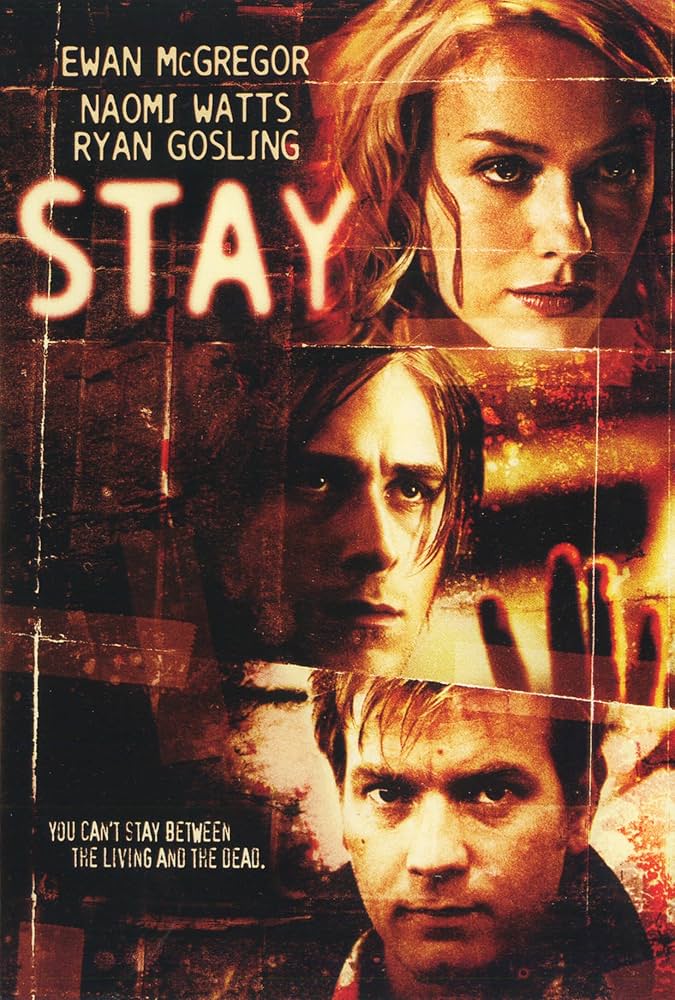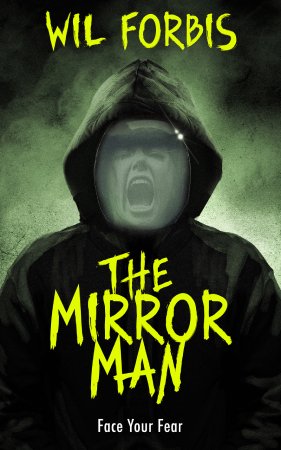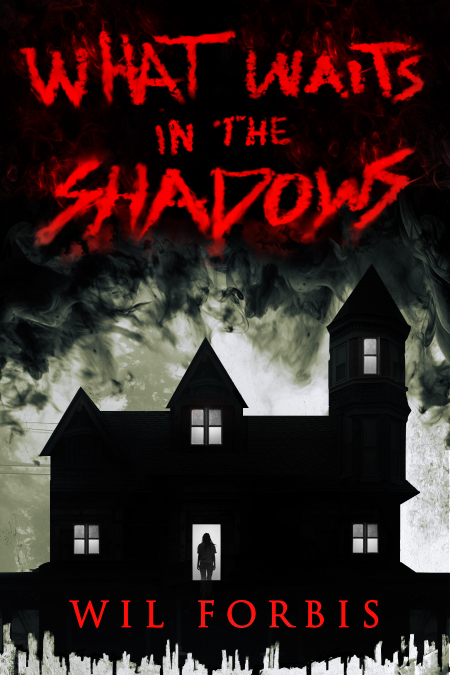
The more I think about it, the more I realize that 2005 “Stay” is a very interesting film.
I think we’re also familiar with the notion that part of what the human mind does is “objectify“ its surroundings. So, for example, I see a brown cylindrical thing topped off with green, and I conclude that it is a tree. But we also objectify on a more personal level. We see a person and recognize them not just as another human, but the specific person that screwed us over on a work project, which brings forth various negative feelings, etc.
One might say “Stay“ is about the mind struggling to correctly objectify the world.
I can’t say too much here because I don’t wanna give away any spoilers. But I’ll give you the premise.
A psychiatrist, played by Ewan McGregor, is tasked with providing therapy to a distraught young man, played by Ryan Gosling. We also meet various surrounding characters in the psychiatrist’s life, like his girlfriend, played by Naomi Watts, and a blind chess partner, played by Bob Hoskins.
As the psychiatrist interacts more with Gosling’s character, his sense of reality begins to falter. Time seems to jump, and he loops through various moments over and over.
The look of the film seems to be key here. There’s a lot of contrast between curves and straight lines. Many staircases are rounded or spiral, whereas some characters live in very boxy, 90-degree angle apartment buildings. Exactly what that means is still unclear to me, though I suspect the straight lines represent the human mind trying to place stimuli into concrete forms.
The movie actually reminded me a lot of “The Trial,“ which I recently reviewed. There’s a lot of scenes of somebody opening a door in one place to reveal a new environment you wouldn’t expect.
My only complaint: the “twist“ at the end was easy to predict, and one we’ve all seen before. But as the movie settles in my brain, I’m thinking it’s not so much what the twist was, but how it was handled that makes this film interesting.
Highly recommended.


